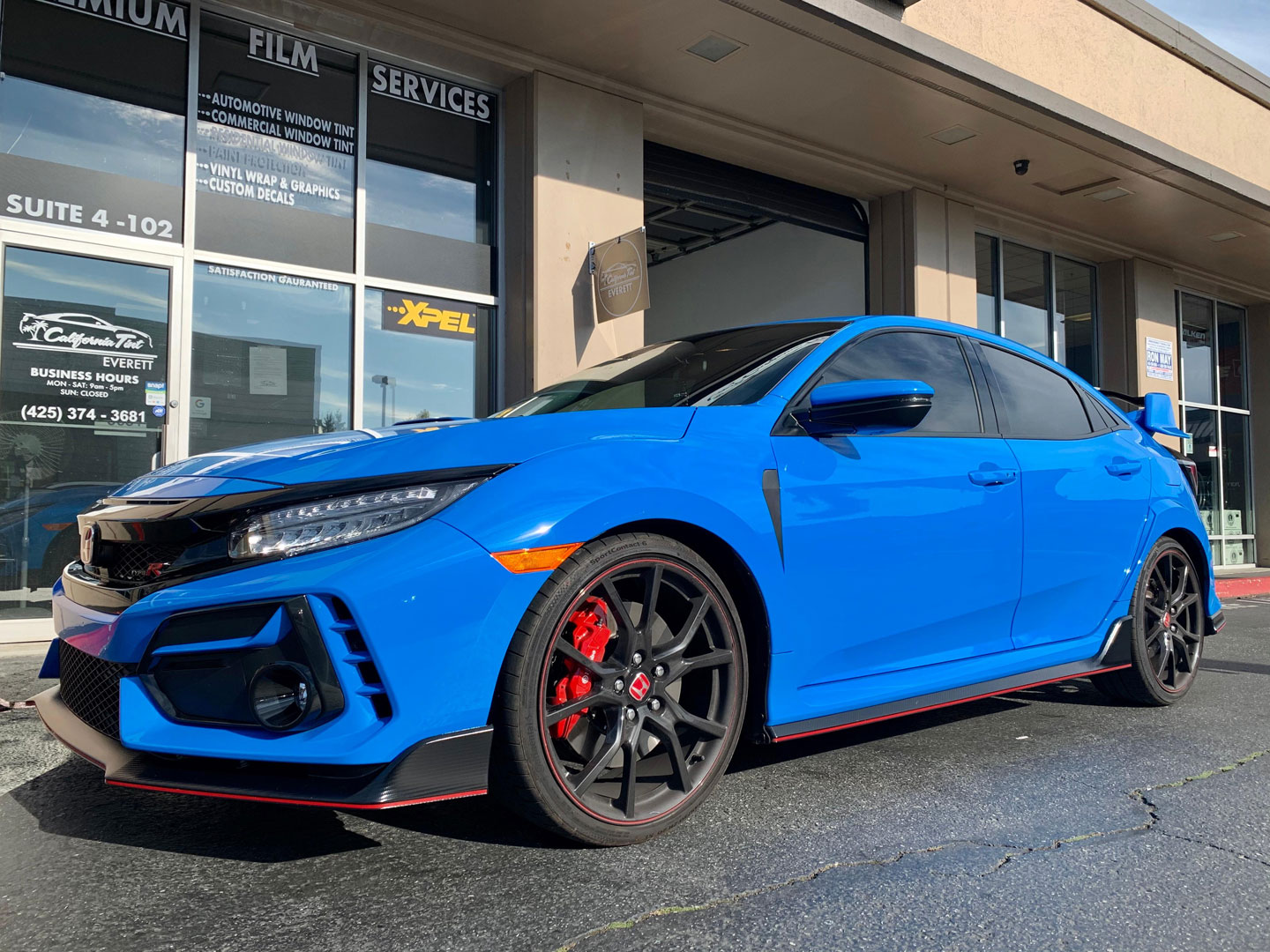
8 Everyday Habits Damaging Your Car’s Paint and How to Avoid Them
Everyday habits can unknowingly damage your car’s paint. From placing objects on your car to your washing routine, learn how to protect your car’s paint effectively.
Placing Objects on the Car
When you’re on the go, it might seem convenient to place objects like shopping bags, handbags, or keys on your car. However, this common habit can unintentionally lead to scratches and damage to your car’s paint.
Why It’s Harmful:
- Scratches from Sharp Edges: Items like shopping bags or handbags sometimes have sharp edges or metal parts. When placed on the car, especially when moved or removed, these edges can scratch the paint.
- Risk with Dusty Surfaces: A dusty car adds another layer of risk. When you put objects on a dusty car surface, the dust acts like an abrasive under the object. This is particularly true when the object is slid across the paint, as the dust particles can cause fine scratches.
Key Points to Remember:
- Be mindful of what you place on your car. Heavy objects or those with hard edges pose a greater risk of scratching the paint.
- Regularly cleaning your car can reduce the risk of scratches since a clean surface is less likely to hold abrasive particles.
- Instead of using your car as a temporary shelf, try to place items in the trunk, on the ground, or hold them if possible.
- If you frequently need to place items on your car, consider using a protective layer like a blanket or a soft cloth to provide a barrier between the object and the paint.
Improper Drying Techniques
Properly drying your car after a wash is just as important as the washing process itself. Using the right drying techniques and materials is crucial to prevent damaging your car’s paint.
Risks of Drying Too Hard or Using Improper Materials
- Abrasive Materials: Using materials that are not specifically designed for car drying, like regular towels or paper towels, can be abrasive. Their rough texture can act like sandpaper on your car’s surface, leaving fine scratches.
- Excessive Pressure: Drying too hard can be just as harmful as using the wrong material. Applying too much pressure while drying can push any residual dirt or particles against the paint, causing scratches.
- Circular Motions: Avoid drying with circular motions, as this can create swirl marks on the paint. Instead, use straight, gentle strokes.
Leaning or Sitting on the Car
Leaning or sitting on your car might seem harmless, but it can actually cause significant damage to the paint, especially if the car is dusty or if you’re wearing certain types of clothing.
Why It’s Particularly Harmful:
- Increased Pressure: Sitting on the car concentrates your body weight onto a smaller area, increasing the pressure and the likelihood of causing scratches or dents.
- Unpredictable Damage: Unlike controlled washing or drying processes, the movement while leaning or sitting is unpredictable and can cause random patterns of scratches.
Preventive Measures:
- Avoid Using Car as a Seat or Support: Try to avoid sitting on the hood, trunk, or leaning against the sides of your car, especially if it’s dusty or if you’re wearing clothes with metal parts.
- Regular Cleaning: Keeping your car clean reduces the risk of scratches from dust. Regular washing can help maintain a dust-free surface.
- Mindful Clothing Choices: When you need to be close to your car, like during cleaning or maintenance, be mindful of your clothing. Avoid wearing clothes with hard or metal parts.
Using the Same Cleaning Tools for Wheels and Body
When it comes to car care, using the same cleaning tools for both the wheels and the body of your car is a mistake that can lead to unintended damage to the paint.
Risks of Using the Same Tools:
- Transfer of Abrasive Materials: Wheels accumulate a variety of abrasive materials like brake dust, road tar, and other gritty substances. Using the same tools, such as brushes or cloths, on the car’s body can transfer these harsh materials to the paint surface.
- Increased Scratching Risk: The rough and often metallic particles found in brake dust are particularly harmful. When transferred to the car’s body, these particles can easily scratch and mar the paint during the cleaning process.
Why Different Tools are Necessary:
- Different Cleaning Requirements: Wheels and the car body have different cleaning requirements. The kind of grime that builds up on wheels is typically much tougher and more stubborn than what you’d find on the car’s paint.
- Specialized Cleaning Tools: Using tools designed specifically for wheels can effectively clean them without causing damage, while softer, paint-friendly tools are better for the body of the car.
Environmental Factors Affecting Car Paint
Various environmental factors can pose a risk to your car’s paint. Understanding these elements is key to maintaining the vehicle’s exterior and preserving its value.
Tree Sap
- Tree sap, when left on the paint, can cause staining and discoloration. It doesn’t immediately damage the paint but gradually destroys the clear coat over time. Additionally, in hot temperatures, the sap can bake onto the car, making it harder to remove and more damaging.
Bird Droppings
- Bird droppings have a high acidity level, which can eat away at the paint. They can cause permanent damage, especially when hardened under the sun. It’s crucial to remove bird droppings as soon as they’re noticed to prevent long-term damage.
Bugs
- Bugs, like bird droppings, are acidic. The longer they stay on the car, the more they can corrode the paint, leaving blemishes.Removing bugs promptly and using the right cleaning solutions can minimize the damage.
Sun Damage
- Prolonged exposure to the sun’s UV rays can lead to oxidation, causing the paint to become dull and faded.
Chemical Damage to Car Paint
Various everyday chemicals can inadvertently cause significant damage to car paint. Being aware of these substances and how they affect your vehicle’s exterior is crucial for maintaining its appearance and integrity.
Brake Fluid
- Brake fluid, particularly the non-silicone-based types, can act like a paint thinner on car paint. It can cause the paint to peel and deteriorate. If brake fluid spills on the car, it’s important to clean it immediately with soap and water, avoiding wiping motions that can spread the fluid.
Gasoline
- Gasoline spills can evaporate and leave stains on the paint or damage the clear coat. It may also eat through wax if the car has been waxed.Cleaning up gasoline spills quickly can prevent the stains from setting in and causing more permanent damage.
Food and Drinks
- Spilled coffee, soda, and other acidic beverages can corrode and stain car paint. Coffee and cola are particularly harmful due to their acidity. Avoid placing food and drink containers on your car, and if spills occur, clean them up promptly to avoid paint damage.
Neglecting to Protect Trim and Seals
Proper care for your car’s trim and seals is crucial, as these parts can be especially susceptible to damage from waxing and cleaning agents.
Risks with Wax and Cleaning Agents
- Staining and Discoloration: Many vehicles feature flat or satin black trim elements, such as window moldings, mirrors, and headlight seals. Wax and certain aggressive cleaning agents can stain these parts, leading to discoloration that is difficult, if not impossible, to remove.
- Chemical Damage: Some chemical cleaners can be too harsh for the materials used in trim and seals, potentially causing them to degrade or lose their color.
Best Practices for Protecting Trim and Seals
- Careful Application: When waxing or cleaning your car, be mindful of the trim and seals. Use masking tape to protect these areas or apply wax and cleaners with precision to avoid contact with the trim.
- Use Trim-Specific Products: There are products available that are specifically designed for cleaning and protecting car trim and seals. These products are formulated to be safe for use on these materials and can help maintain their appearance and integrity.
- Regular Maintenance: Regularly inspect and maintain the trim and seals, cleaning them gently and applying protectants that are designed for these specific materials.
Fuel Spills
Fuel spills on a car’s paint, particularly on older models or those with recent paint jobs, can cause notable damage and staining.
Impact of Fuel on Car Paint
- Gasoline is a solvent, and its chemical composition can react with car paint. This reaction can lead to the deterioration of the paint’s protective layer and potentially damage the underlying paint itself.
- The impact of fuel spills can be more pronounced on older cars or those with new paint jobs. Older paint may already be weakened and more susceptible to damage, while newly applied paint might not be fully cured and more vulnerable to chemicals.
Preventive Measures and Immediate Response
- It’s crucial to clean any fuel spills immediately. Blotting the spill gently with a towel, rather than rubbing, can help to absorb the fuel without spreading it over a larger area. If a fuel spill occurs, using a gentle, automotive-specific cleaner can help to remove the fuel residue without causing further damage to the paint.
Preserve Your Car’s Paint with California Tint
At California Tint, we understand the importance of maintaining your car’s paint. Daily activities, such as the way you wash and dry your vehicle, can inadvertently lead to paint damage. That’s why we offer specialized services designed to protect and preserve your car’s exterior. Our high-quality ceramic coating and paint protection solutions are tailored to shield your vehicle from environmental damage and everyday wear. Trust us to provide the care and expertise your car deserves. Visit us at California Tint and let us help you keep your car looking its best.
- California Tint Wins XPEL Washington Dealer of the Year 2023 - March 15, 2024
- 8 Everyday Habits Damaging Your Car’s Paint and How to Avoid Them - March 8, 2024
